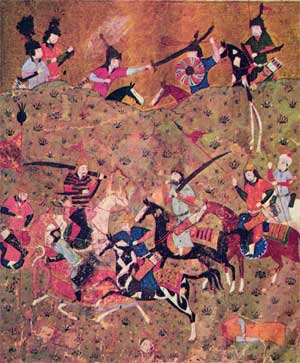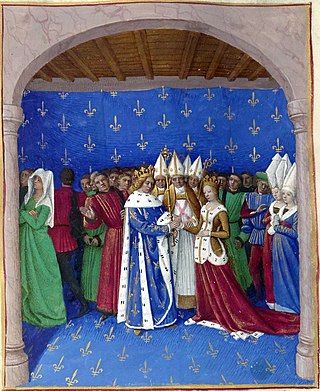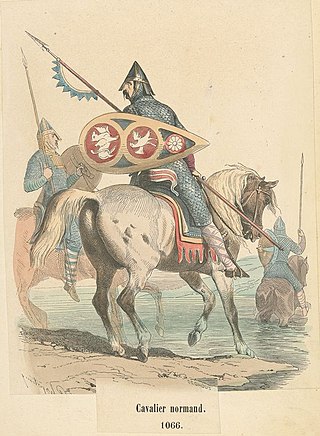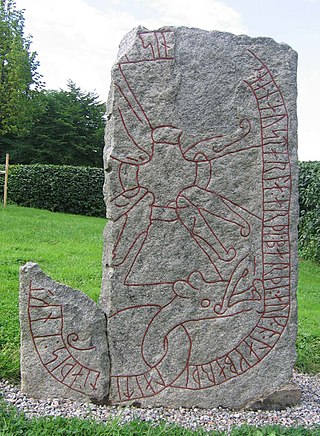
Year 1040 (MXL) was a leap year starting on Tuesday of the Julian calendar.
The 1040s was a decade of the Julian Calendar which began on January 1, 1040, and ended on December 31, 1049.
The 810s decade ran from January 1, 810, to December 31, 819.
The 1070s was a decade of the Julian Calendar which began on January 1, 1070, and ended on December 31, 1079.
The 960s decade ran from January 1, 960, to December 31, 969.
The 970s decade ran from January 1, 970, to December 31, 979.
The 980s decade ran from January 1, 980, to December 31, 989.
The 990s decade ran from January 1, 990, to December 31, 999.

Year 1277 (MCCLXXVII) was a common year starting on Friday of the Julian calendar.

Year 1018 (MXVIII) was a common year starting on Wednesday of the Julian calendar.
The 1010s was a decade of the Julian Calendar which began on January 1, 1010, and ended on December 31, 1019.
The 1030s was a decade of the Julian Calendar which began on January 1, 1030, and ended on December 31, 1039.

Year 1322 (MCCCXXII) was a common year starting on Friday of the Julian calendar.

Year 1097 (MXCVII) was a common year starting on Thursday of the Julian calendar.

Year 1275 (MCCLXXV) was a common year starting on Tuesday of the Julian calendar.

Year 1042 (MXLII) was a common year starting on Friday of the Julian calendar.

Year 910 (CMX) was a common year starting on Monday of the Julian calendar.

The Battle of Olivento was fought on 17 March 1041 between the Byzantine Empire and the Normans of southern Italy and their Lombard allies near the Olivento river, between the actual Basilicata and Apulia, southern Italy.

The Battle of Montemaggiore was fought on 4 May 1041, on the river Ofanto near Cannae in Byzantine Italy, between Lombard-Norman rebel forces and the Byzantine Empire. The Norman William Iron Arm led the offence, which was part of a greater revolt, against Michael Dokeianos, the Byzantine Catepan of Italy. Suffering heavy losses in the battle, the Byzantines were eventually defeated, and the remaining forces retreated to Bari. Dokeianos was replaced and transferred to Sicily as a result of the battle. The victory provided the Normans with increasing amounts of resources, as well as a renewed surge of knights joining the rebellion.
The Battle of Montepeloso was fought on 3 September 1041 between Lombard-Norman rebel forces and the Byzantine Empire, near Montepeloso in southern Italy. The Byzantines, led by Exaugustus Boioannes, were forced into battle by the rebels, and after a day-long fight the rebels defeated the Byzantine army and captured Boioannes. The decisive rebel victory forced the Byzantines to retreat to the coastal cities, leaving the Normans and Lombards in control of the whole interior of southern Italy.










